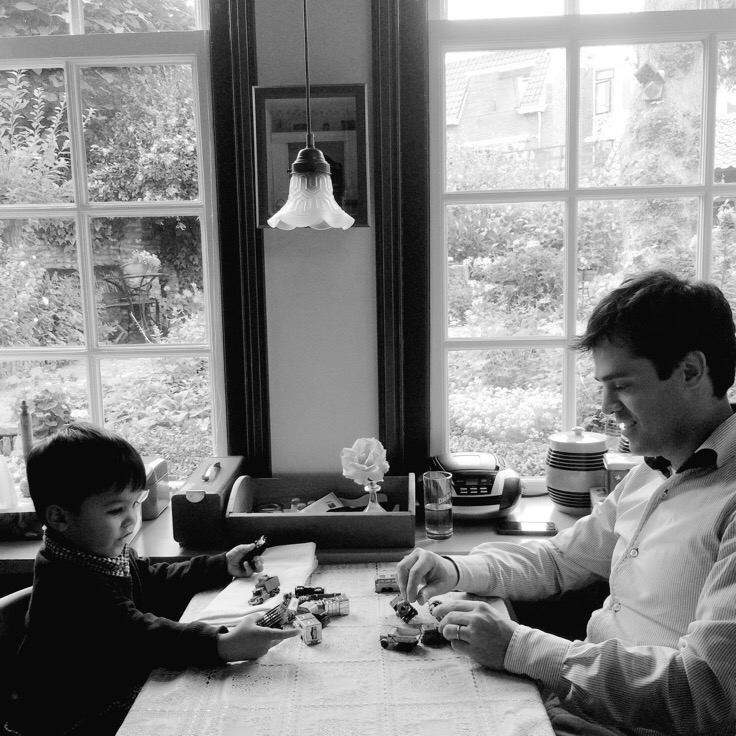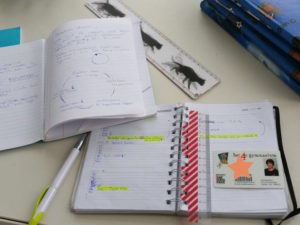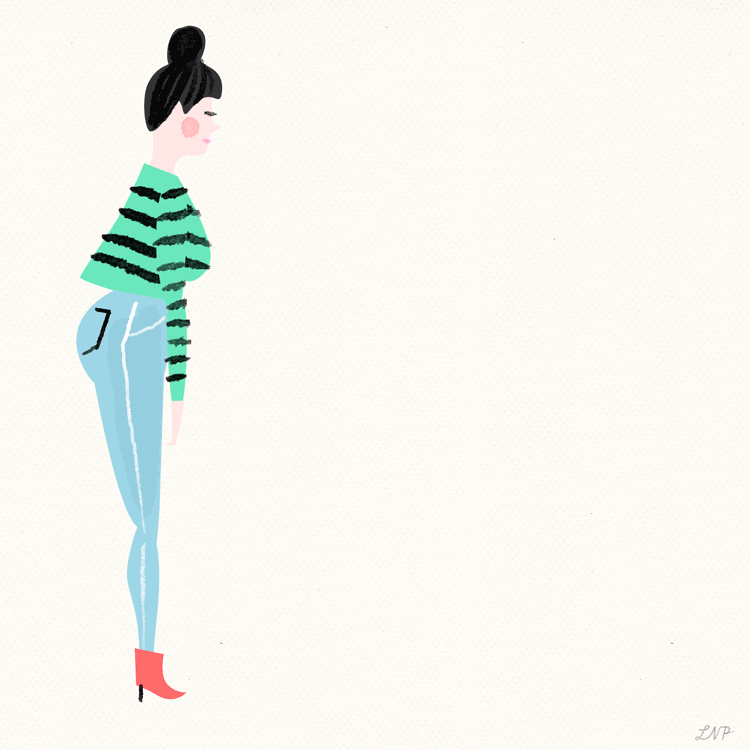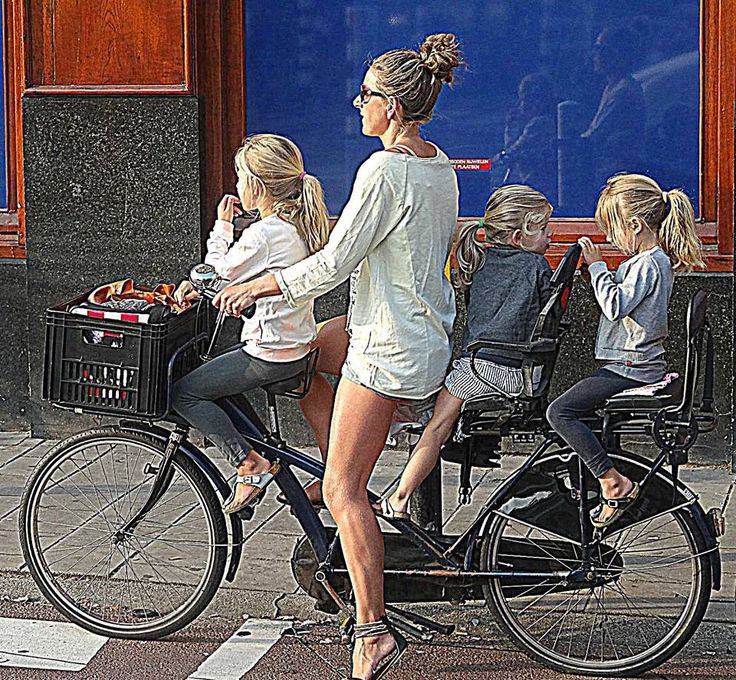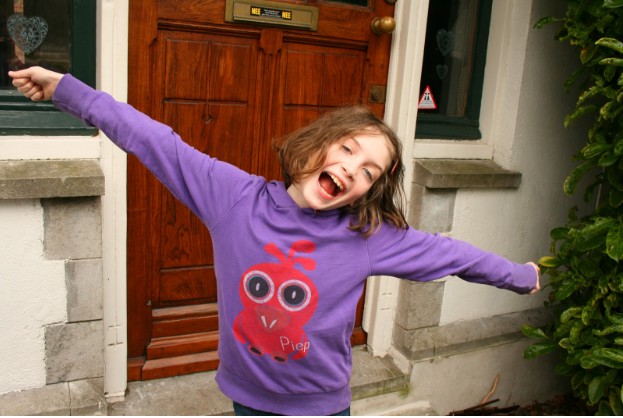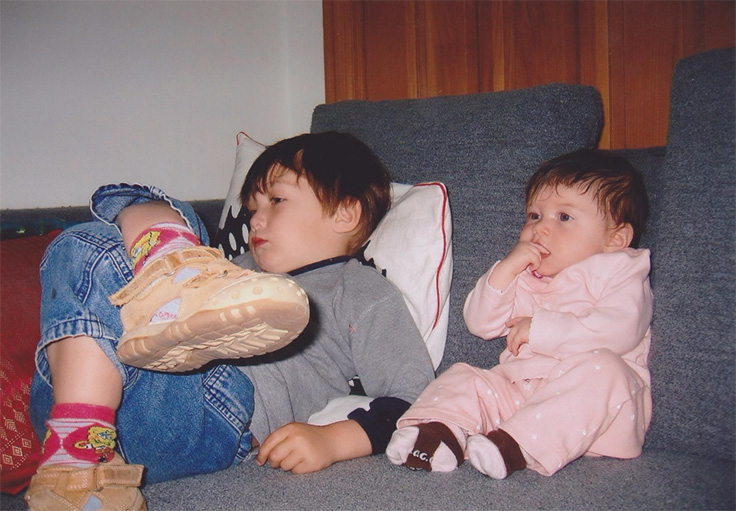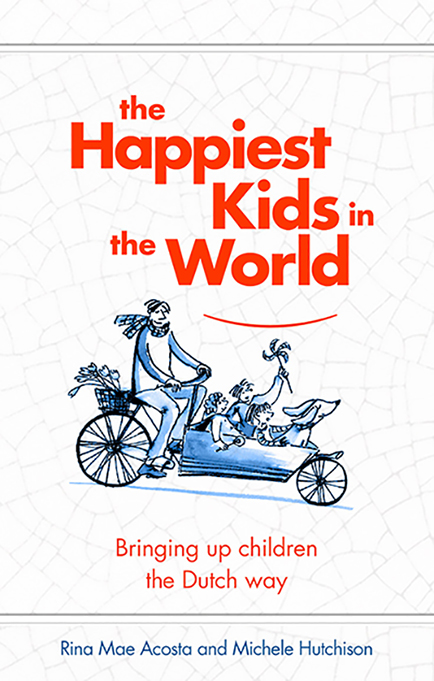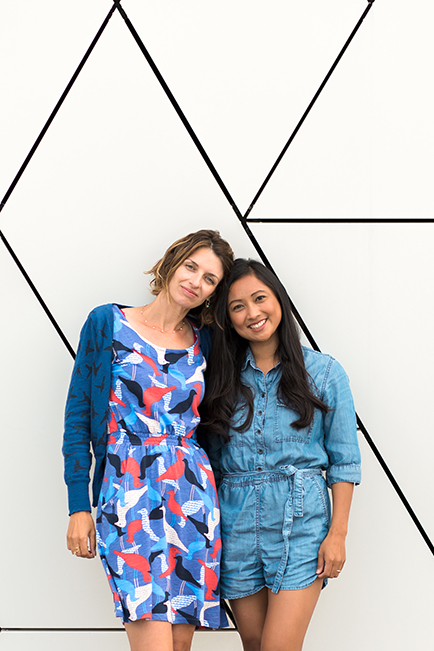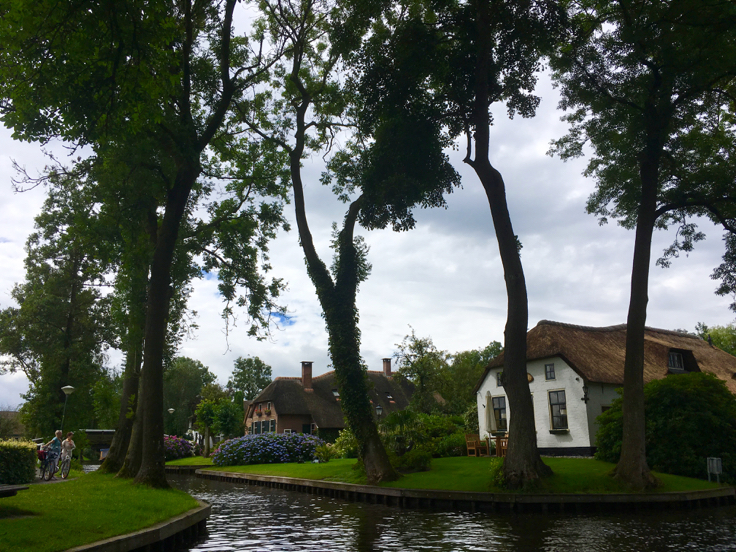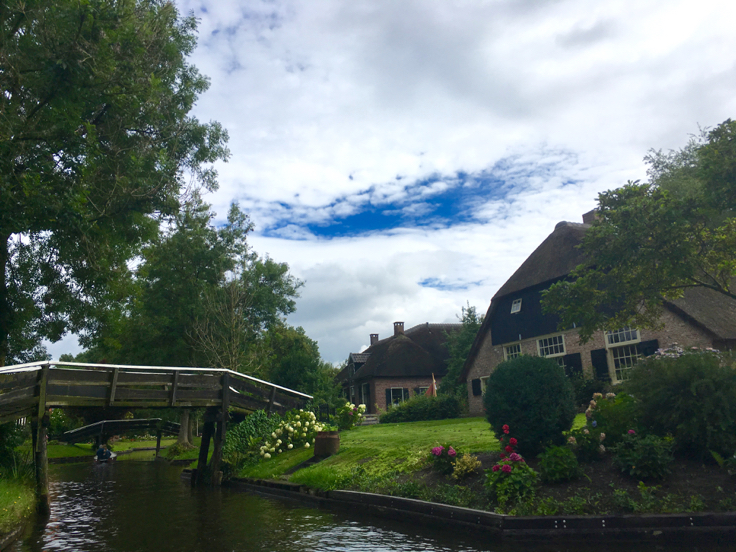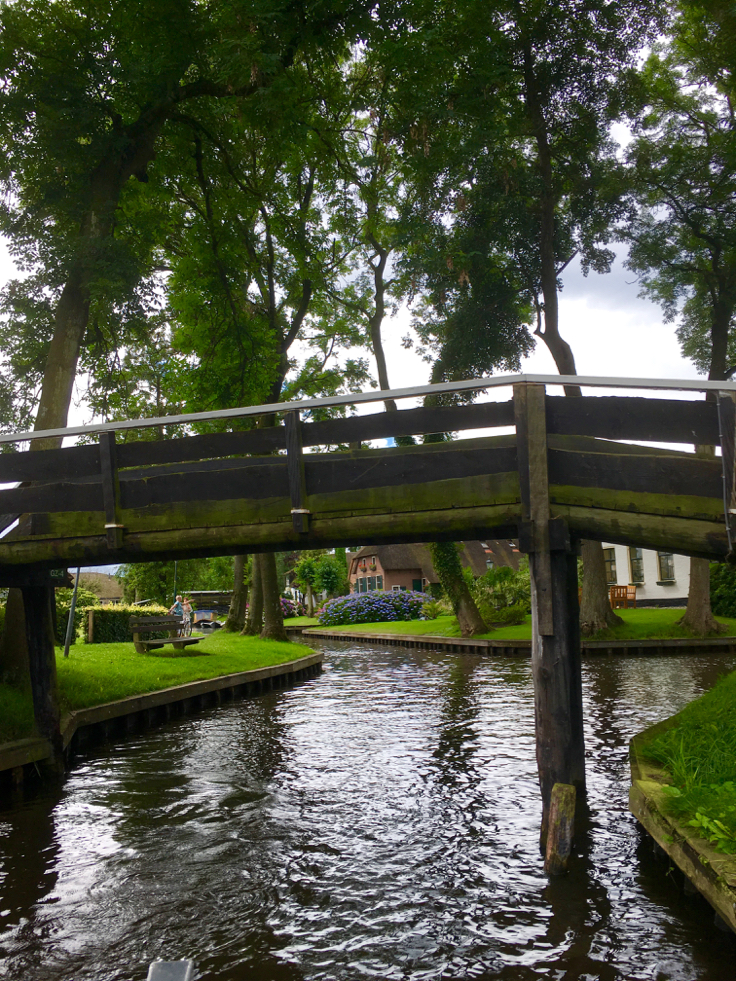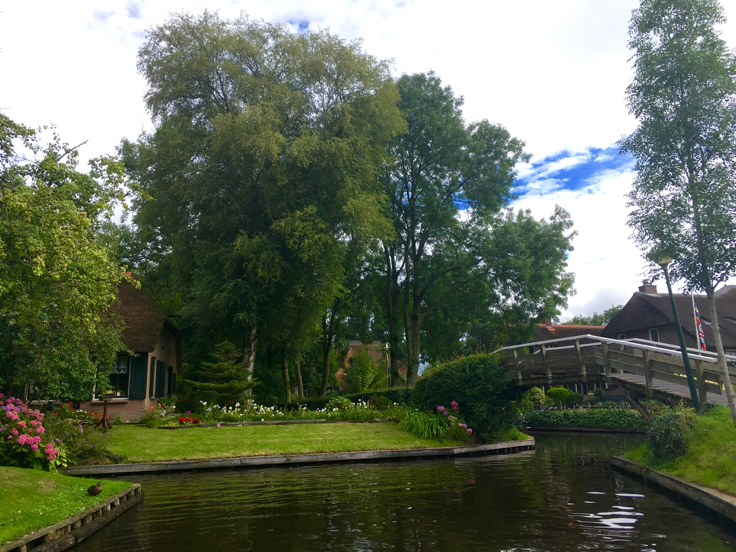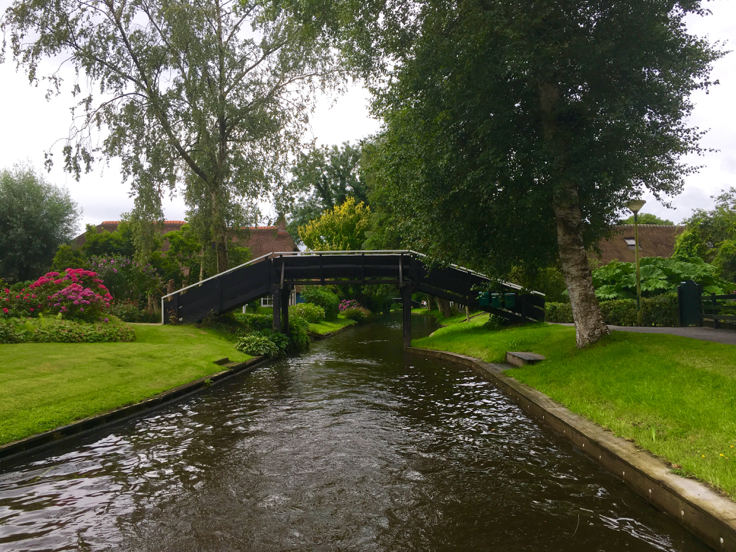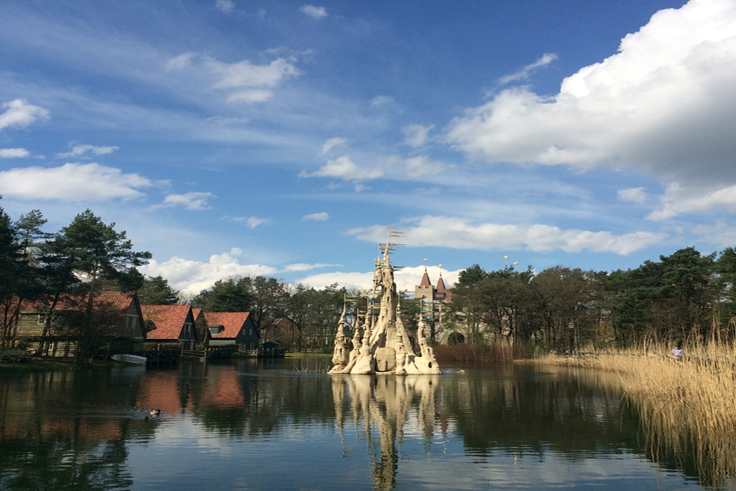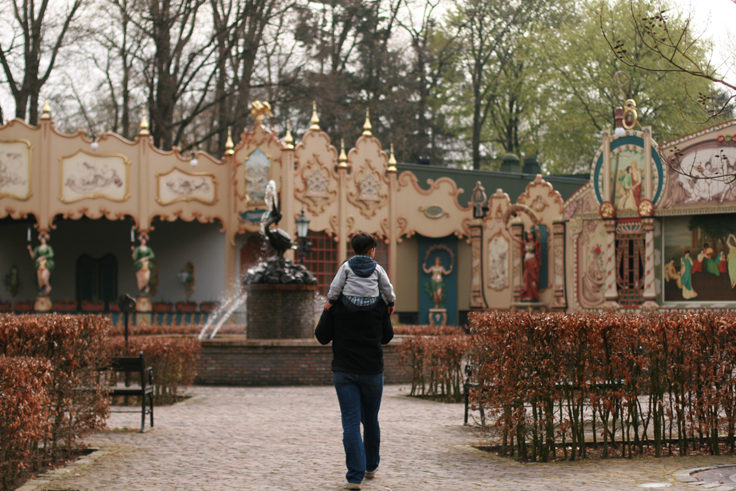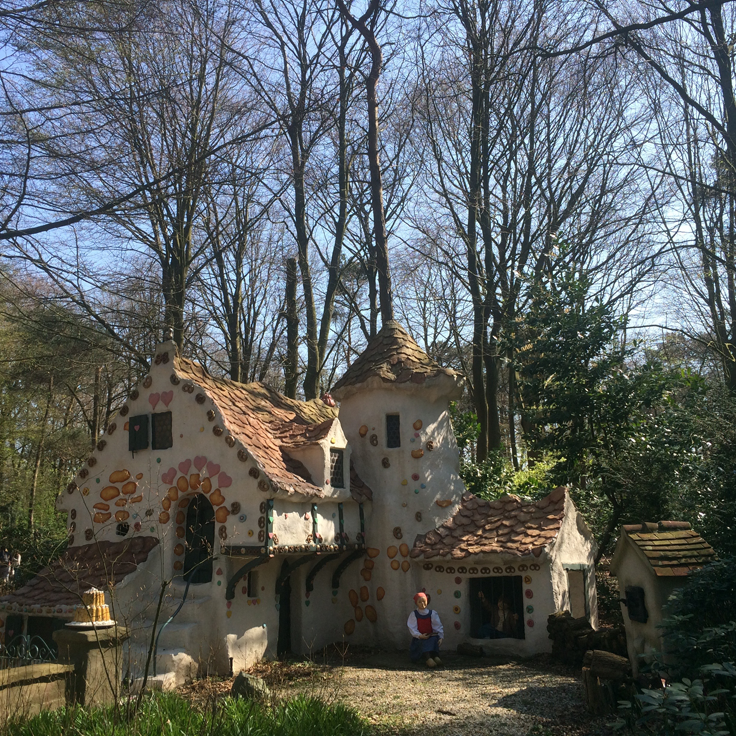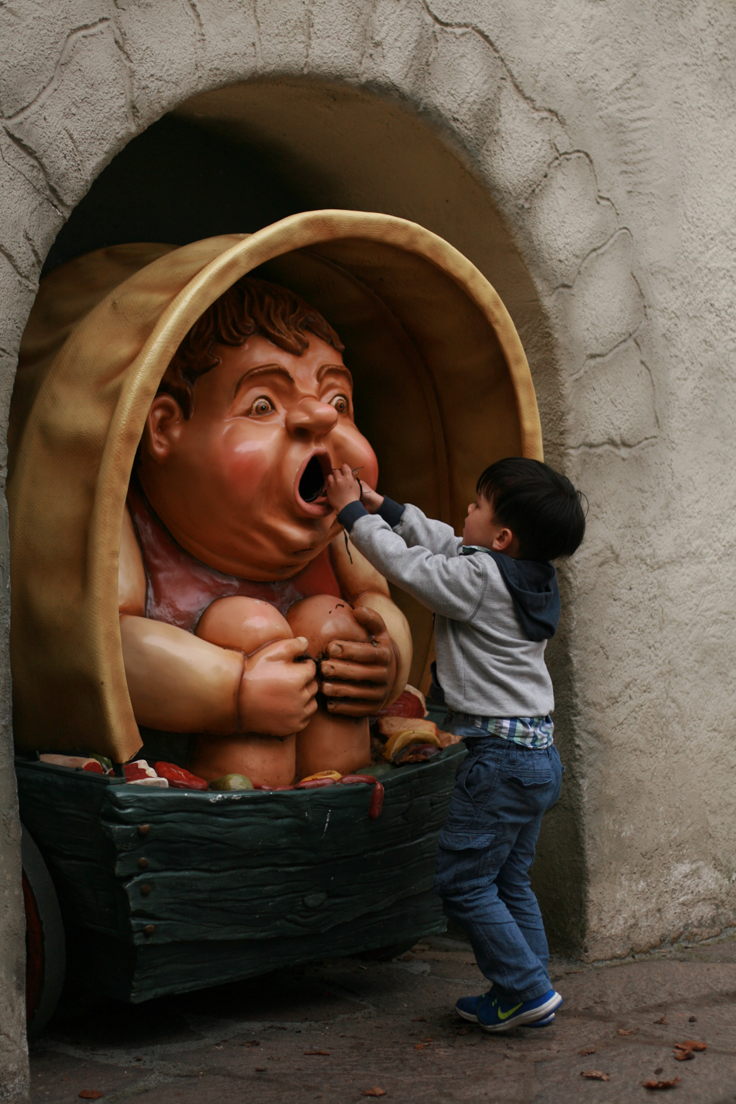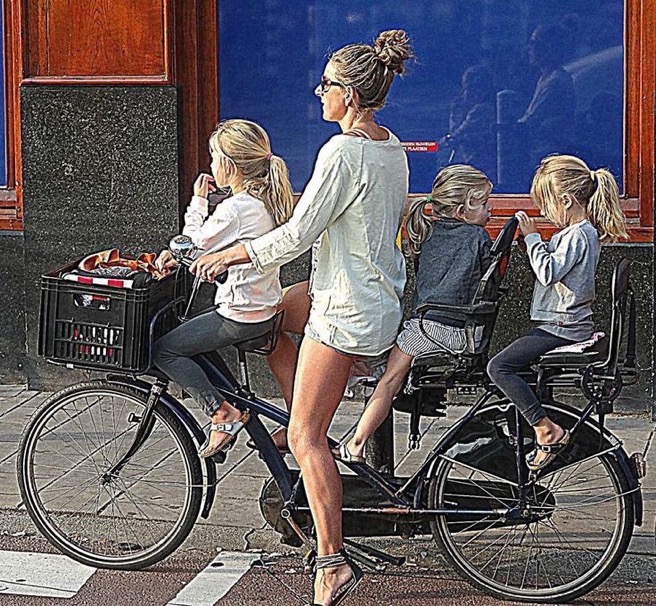
I’m now well into my thirties where motherhood and finding my calling take center stage. Being 31 weeks pregnant with baby number two and having a career opportunity help solidify those feelings. Since I’m riding high on pregnancy hormones, it’s the perfect opportunity to wax poetic about how to succeed in life in your 30s. And when I mean “succeed”, what I am actually referring to is how to acquire the overachiever’s ultimate, ever-so-elusive trophy – genuine happiness.
What do I know about happiness? The self-deprecating, overly apologetic and polite Asian-American in me is tempted to write : not a lot really. Yet if I am truly honest with myself and my readers, I have to admit that overall, my life is pretty wonderful mainly because I’ve decided to go Dutch. (Though please don’t confuse my behind-the-scenes life as equating to perfect because I too have a whole laundry list of first world problems.)
Spending my 30s in the Netherlands -the world’s epicenter for happy babies, kids, and adults – is quite helpful and even inspiring. Living in close proximity to Utrecht, one of the happiest places in the world, reinforces the overall message of happiness. It seems that simply being Dutch is an almost universal guarantee for being happy. With their trademark blend of refreshing directness, liberal attitudes and keen sense of fairness, the Dutch seem to know a lot about living a life well-lived.
I still have a lot to learn from these beautiful (and sometimes intimidating) giants that tower over me. I am also convinced that it’s when you’ve outgrown the narcissistic 20s and you find yourself on the landing on the stairs, that you are more open to this alternative lifestyle free from the status quo. So for now, here are some things from Dutch culture that get to the very heart of accomplishing happiness in your 30s (and for the rest of your life):

Live within your means.
It’s actually quite refreshing to live in a culture where being thrifty is admired and encouraged. Life in the Netherlands, like the United States, can actually be prohibitively expensive. The struggle is real folks. Thankfully, keeping up with the Joneses mentality doesn’t exist here and is frowned upon. People in the Netherlands work to live, not live to work, mastering the fine art of life and work balance.
Don’t ever apologize for who you are.
Be honest with who you are and trust your intuition. Accept the reality that not everyone will like you when you follow your heart and your guts. Life isn’t about winning a popularity contest. Just dust the dirt of your shoulders when it comes to trolls and mean girls.
Say what you mean and mean what you say.
Though it definitely takes some time getting used to, Dutch directness can do wonders for your mental health. The Dutch have no qualms saying what is on their minds and letting you know about it. There’s no second guessing, no trying to figure out nuances, no anxiety. It’s clear from the start. And you’re equally expected to speak your mind. Be brave and let the words come out.
Always err on the side of kindness.
Despite the notorious reputation of the Dutch being cheapskates, they’re actually among the most generous when it comes to giving aid according to the World Giving Index. They may not have much but they are more than willing to share what they do have, whether it’s time, money or expertise. This generosity is reflected in everyday life. There’s a sense of social responsibility in Dutch neighborhoods to keep an eye out for each other. Don’t be fooled by their initial distant demeanor – underneath their stoic personas lies a kind person more than happy to help and give without hesitation.
Friends and family are everything.
Contrary to the infamous reputation of Amsterdam’s liberal policies for sex, drugs and alcohol, friends and family are everything to the Dutch. Daily family meals and regular get-togethers with their nearest and dearest are a must. By nurturing the ties that bind, one fosters their sense of belonging.
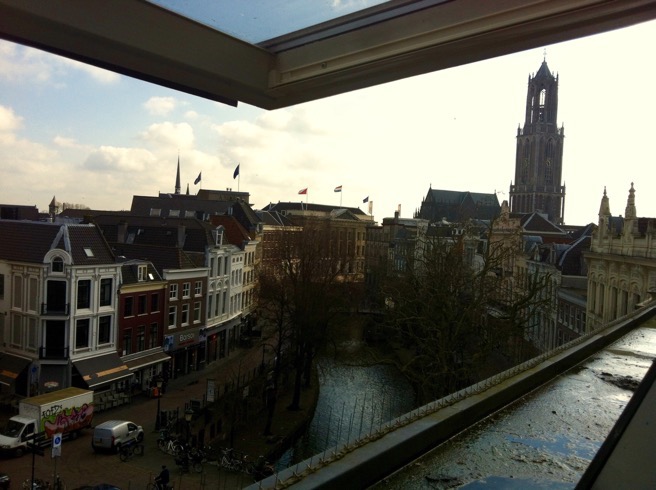
Enjoy the company that you keep when no one is around.
Master the art of “dating” yourself by investing time (and money) in your own interests and passions. While family and friends are of utmost importance to the Dutch, they are also fiercely independent and embrace personal-development. They even have a special calendar to ensure that they pencil in “me time”. This is especially important for moms in the thick of parenting in the early years to remember.
Celebrate every single birthday.
Since we never know when the proverbial shoe will drop, celebrating every single birthday with our nearest and dearest is an absolute must. A simple cake with candles and refreshments surrounded by lots of love, laughter and gezelligheid will suffice. For the Dutch, each birthday is an important accomplishment accompanied by greeting the birthday celebrant with “Gefeliciteerd” (literally translated as “Congratulations”). I always like to add in, “for living another year.” Everything else – fancy dinners, extravagant gifts, and decorations – is superfluous.
Eat less, exercise more.
The simple mantra “eat less, exercise more” as part of your daily reality can help you live a long and healthy life. The Dutch incorporate regular exercise, usually in the form of biking, as simply being part of what they do nearly every day. And of course, given their pragmatic and traditional view on food, they always eat meals in moderation.
Travel.
Where ever you are in the world, chances are you are going to run into a Dutch person. The Dutch love to challenge themselves in learning about new cultures and how other people live. Consider visiting one new place each year. Not only will time away do wonders for your psyche, but will give you a new perspective on what it means to really live and some time to reflect on whether or not you’re living the life you want.
And don’t forget to turn your face towards the sun.
The perpetual grey skies in the Netherlands make every day that the sun shines a remarkable, special day. It really is about celebrating and finding joy in the everyday moments of life, the quiet moments of getting up and being grateful that you have another day to live. Just remember not to forget the sunscreen.

(First photo courtesy of Peter Eijking. Visit his website for more inspirational images and videos of the Netherlands).

